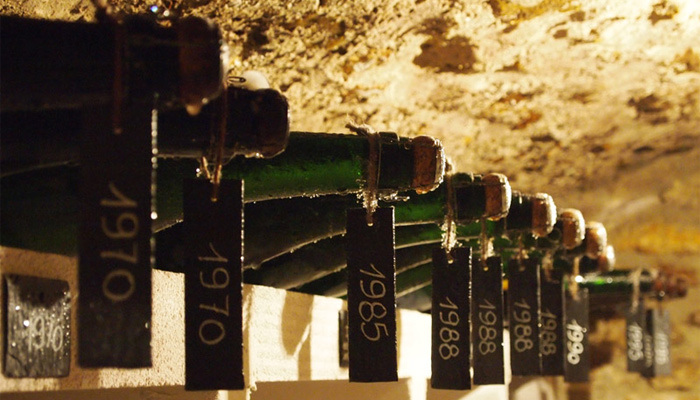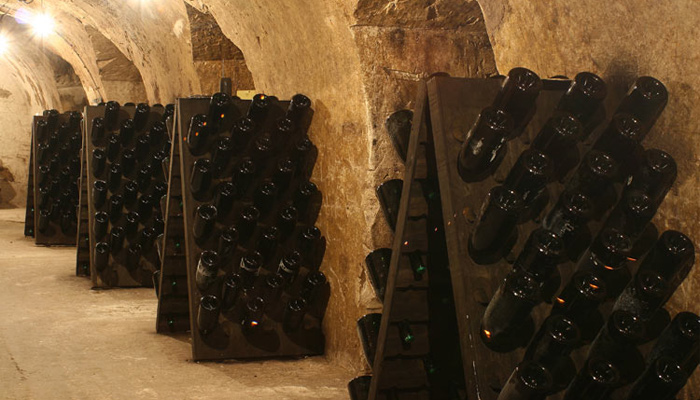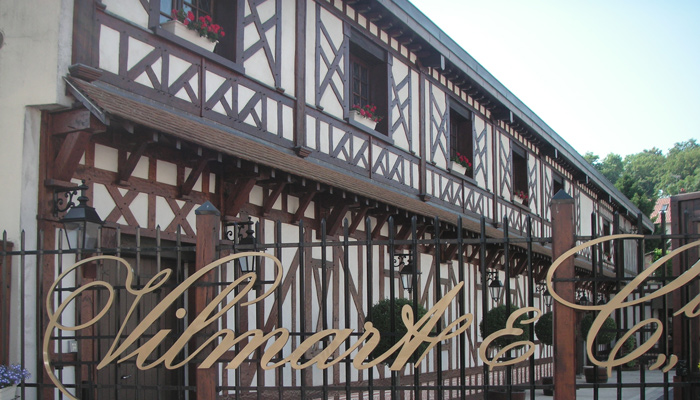Growers’ Champagne – A Growth Industry
Author: Simon Field MW
The term Grande Marque does not lack for Gallic flair, and – as with many things of Gallic persuasion – it does not actually mean a great deal. In relation to Champagne, the ‘Marque’ (ie ‘brand’) side of the equation probably has more relevance than the ‘Grande’ bit. The Champenois have always been quite good at self-promotion; they need to be, given the fantastically dull topography of the vineyards and the less than entirely felicitous history which has seen them right at the centre of some of the darkest battles of the First World War. And the grapes, when historically sold by the small growers to the big companies, have always commanded a huge premium over all similar grapes anywhere else and that includes (admittedly with a few honourable exceptions) the famous terroir of Bourgogne just a little further down the A26…
So, how have they got away with it, and why have they got away with it? Put simply, because the quality of wine produced and expertly marketed by the big companies (aka négociants manipulants, perhaps a rather more helpful descriptor) has always been rather good. The staple diet of non-vintage, multi-grape blends has held sway for many sound reasons: in essence it is to counter the potential problems of a marginal climate. If one year is less good, add wine from a previous year; if one region is hit by hail or frost, use grapes from a another part of the region , etc. Hedging one’s bets, in other words, and with such insouciance and aplomb that virtue fizzes out of the bottle of necessity and all over the Formula One Podium and beyond.
Latterly, however, there has been a pincer movement to unsettle this rather comfortable equilibrium. On the one side, more and more of the 15,000 growers have decided that they no longer wish to sell off their grapes, to become swallowed instantly by big name anonymity. On the other hand, the consumers – increasingly prone to enquiry and a sense of discovery – are looking to unlock the minute points of difference within the region. If 100 metres makes such a difference in the Côte D’Or, there is a good chance that 20km will have an even more marked effect in the Côte des Blancs… Not to mention the radically differing landscapes of the Montagne de Reims and the Vallée de la Marne. And so it has proved.
Eight years ago, I spent a month in Champagne in the spring and came back with 10 superb Growers’ Champagnes, from 10 different villages. Sceptics said they looked forward to seeing remaindered stock a few months down the line. This was not the case. Indeed, such was the popularity of these growers (récoltants manipulants) that we have added, albeit in a more leisurely fashion , more names over the ensuing years and now have well over 20 – all thriving and all finding a niche in many varied sectors of our business.
Several of the original names are now very well known in their own right: Pierre Peters, Vilmart and Paul Bara to name but three. And I have every confidence that our most recent arrivals will follow suit… Look out for Eric Rodez’ magnificently powerful Ambonnay wines or, if you really want to try a magnificent statement of non-dosé Champagne, then Laherte is the one for you. Growing pains, were there ever any, are now long gone and this fascinating category is now the most significant and reliable statement of the magnificent diversity that can be found in this, traditionally the most flamboyant yet conservative sector of the wine market. A more than worthy reason for celebration.





